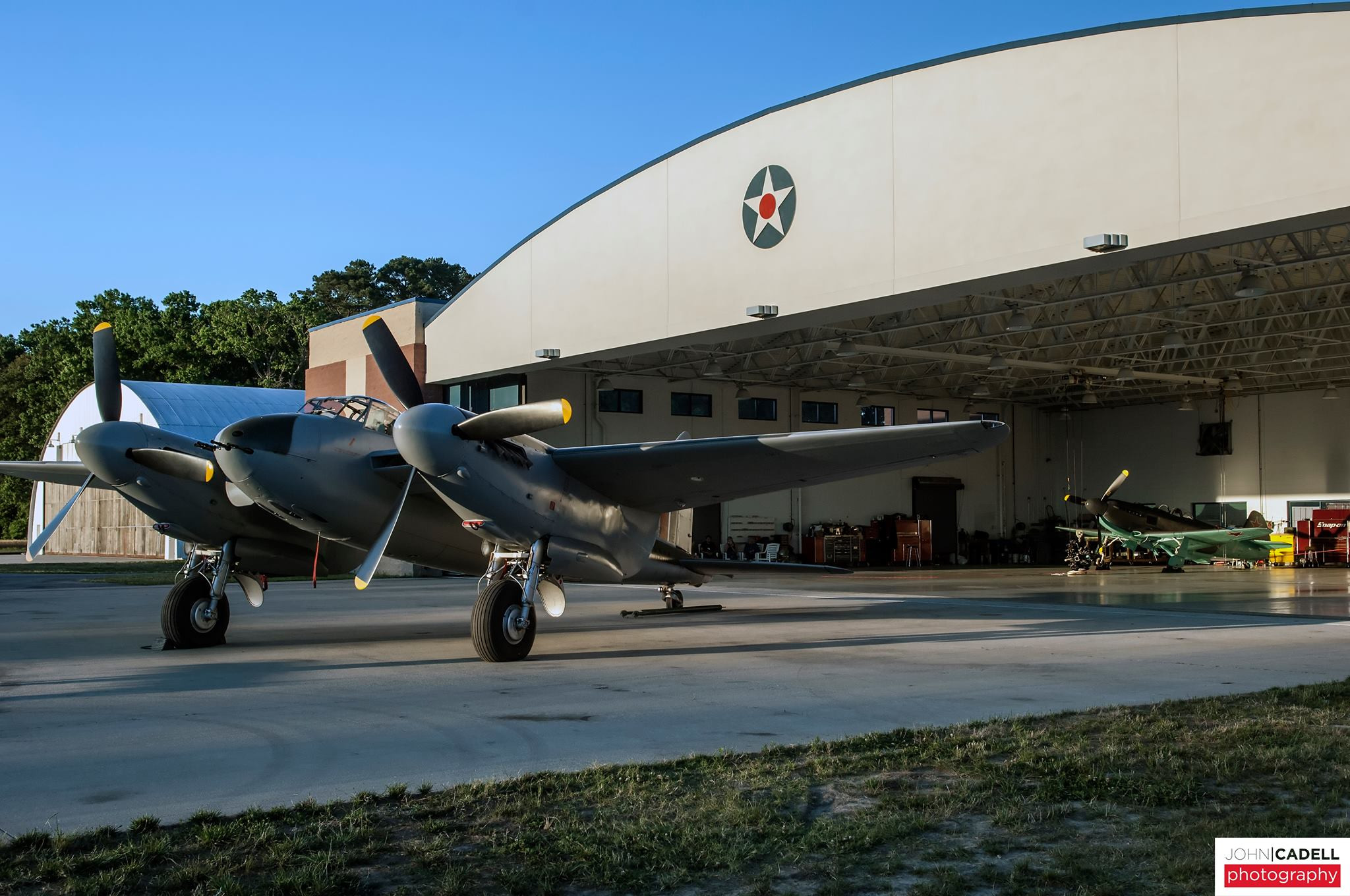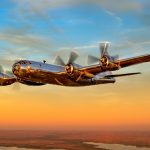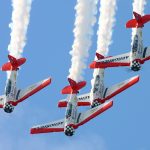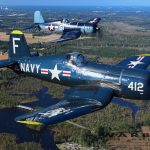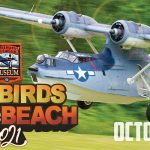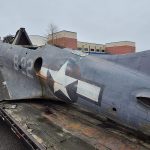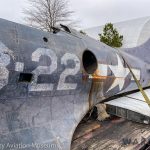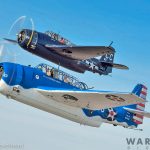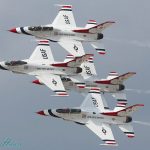The Experimental Aircraft Association (EAA) has announced that Jerry Yagen’s Military Aviation Museum (MAM) is sending four of its classic WWII-era combat aircraft to attend EAA AirVenture Oshkosh 2022 at Wittman Regional Airport in Oshkosh, Wisconsin. The 69th annual fly-in convention will take place between July 25th and 31st this summer.
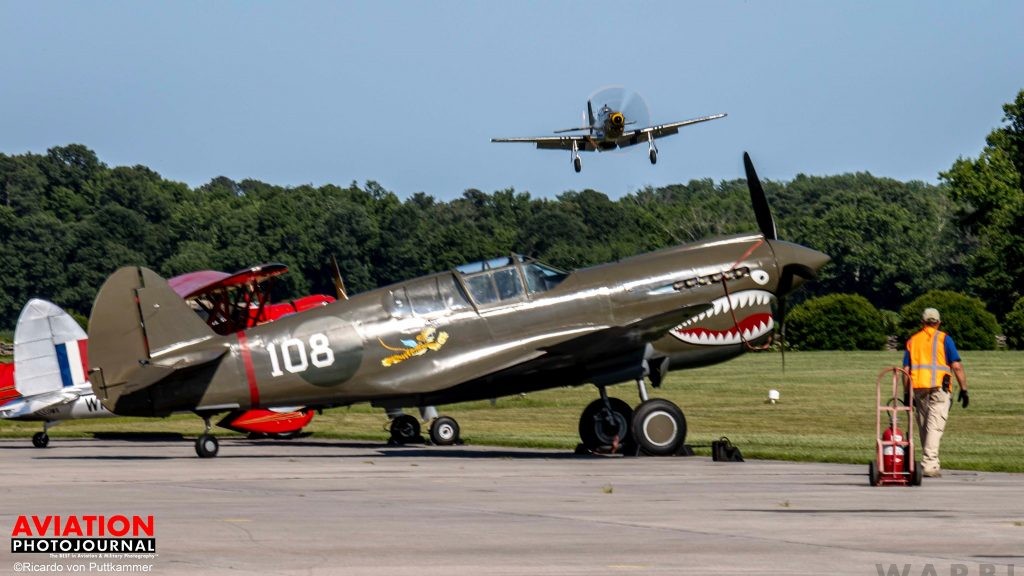
The four Pungo Virginia-based aircraft which the MAM has scheduled to attend AirVenture this year include their superlative de Havilland DH.98 Mosquito FB.26 KA114, Curtiss Kittyhawk Mk.1a ET573, Goodyear-built FG-1D Corsair BuNo.92508, and North American P-51D Mustang 44-63507. They will be on show in the EAA’s traditional warbirds area for most of the week, although it is likely that at least one of them will appear on the concourse at Boeing Plaza (schedule TBD), celebrating the Military Aviation Museum founder’s aviation achievements; Mr. Yagen is scheduled to attend as well.
As the EAA’s Rick Larsen noted: “Jerry Yagen’s passion for warbird aircraft has through the years evolved into one of most magnificent airworthy collections in the world. To have these airplanes as part of the world’s largest annual gathering of warbirds that occurs at Oshkosh every summer makes this year’s event even more special, both in the air and on the ground.”
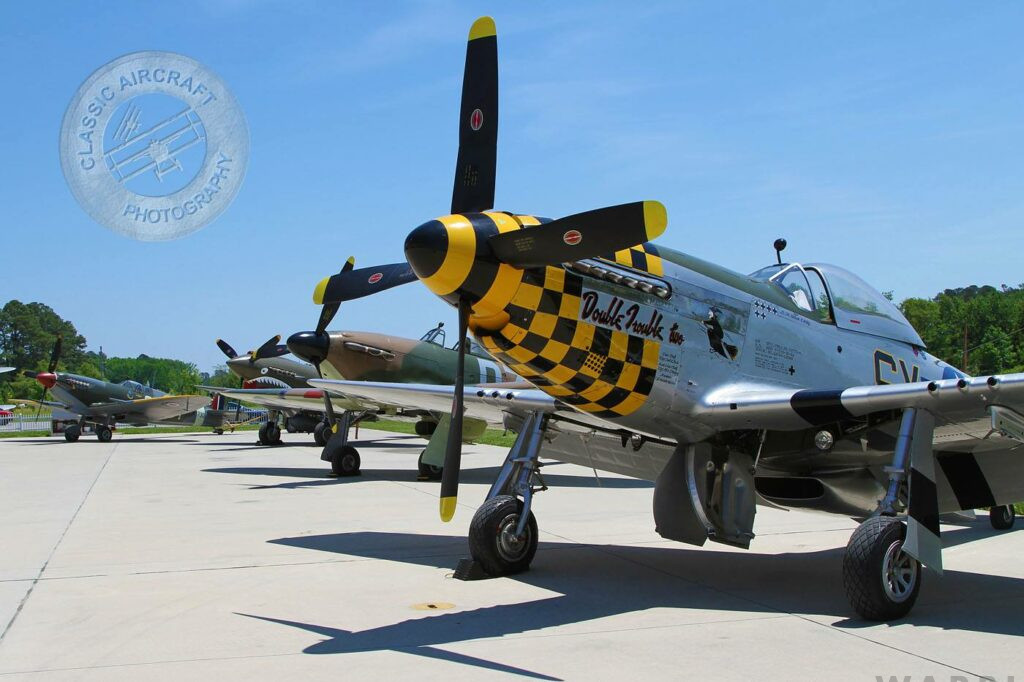
Each aircraft brings a unique story:
- de Havilland DH.98 Mosquito – This particular Mosquito rolled off deHavilland Canada’s Downsview production line near Toronto, Ontario in January, 1945 and served in the Royal Canadian Air Force (RCAF) until April, 1948 when the fighter bomber went up for disposal at RCAF Station Vulcan in Alberta. A local farmer bought the Mosquito, and stored it on his property until Ed and Rose Zalesky bought its by-then heavily dilapidated hulk (it broke in half during recovery) during August 1978. Jerry Yagen acquired the project in 2000, and shipped it to Ardmore, New Zealand for restoration a few years later. Here the airframe became the very first in a small procession of resurrected ‘Wooden Wonders’ returned to flight via the master technicians at AvSpecs Ltd and their subcontractors. KA114 flew again for the first time in September, 2012 becoming the first of its type to fly since the tragic loss of T.Mk.III RR299 near Manchester, England in July, 1996. KA114 has been an air show favorite ever since, flying at many events in North America, including an appearance at AirVenture in 2015.
- Curtiss Kittyhawk Mk.1a – This fighter is a British variant of the Curtiss P-40E Warhawk. Instead of flying with the Royal Air Force, however, ET573 was one of many Lend-Lease Kittyhawks which wound up in service with the Soviet Air Force. The aircraft arrived on the Eastern Front during April, 1942, but went down in battle just two months later. The hulk lay abandoned where it fell near Murmansk, Russia until its recovery in 1992. Jerry Yagen acquired the project in 2000 and shipped the Kittyhawk, along with some wings acquired in Canada, to Pioneer Aero Ltd. in Ardmore, New Zealand. They restored the aircraft to flight in April, 2003. It became the founding, airworthy aircraft in Jerry Yagen’s Military Aviation Museum. The fighter is presently painted to represent a P-40B which the famed David Lee “Tex” Hill flew with the American Volunteer Group, the legendary Flying Tigers, in China.
- Goodyear (Vought) FG-1D Corsair – Delivered to the U.S. Navy in May 1945, this Corsair spent most of its military career in storage, making the fighter one of the lowest time examples of its type to still exist. The aircraft is marked to represent the example which Lt. Sheldon R. ‘Ray’ Beacham flew with VF-17, the famed Jolly Rogers, in the South Pacific during WWII. Before deploying for combat with their Corsairs, VF-17 was based at NAS Norfolk, just down the coast from Pungo, the MAM’s home. Beacham, from Kitty Hawk, North Carolina, was the first of the Jolly Rogers to down an enemy fighter in his Corsair.
- North American P-51D Mustang – Arguably the finest American fighter aircraft of WWII, the Mustang is a testament to American ingenuity and industrial capability as it went from first concept to first flight in well under a year. The Military Aviation Museum’s Mustang came off the production line in 1945, too late to see combat. It went into storage for a period until the Royal Canadian Air Force acquired it for their post-war service in 1947. The aircraft has had an eventful civilian life, perhaps too tangled to report here – suffice to say that the Military Aviation Museum acquired it in February, 2005. She presently flies as Double Trouble two, an aircraft which served in Europe with the 353rd Fighter Group during WWII.
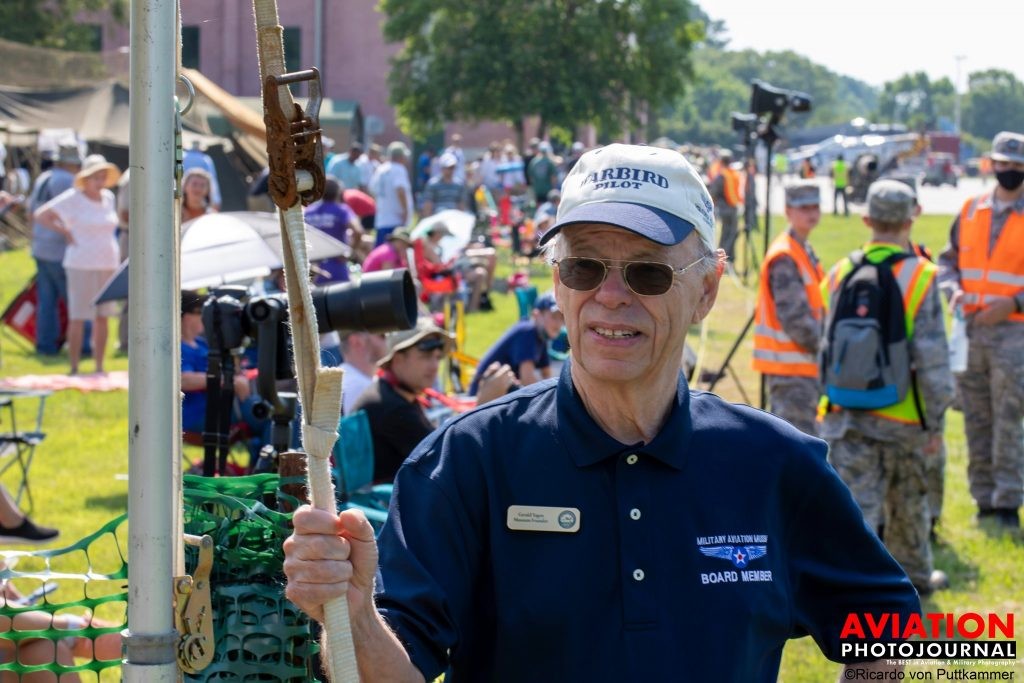
In addition to his aircraft, Jerry Yagen will also bring his soon-to-be-published biography to AirVenture. He will speak (at Warbirds in Review sessions and other venues) about the adventures he has experienced in building his warbird collection. We will have more details to report as soon as they develop.







